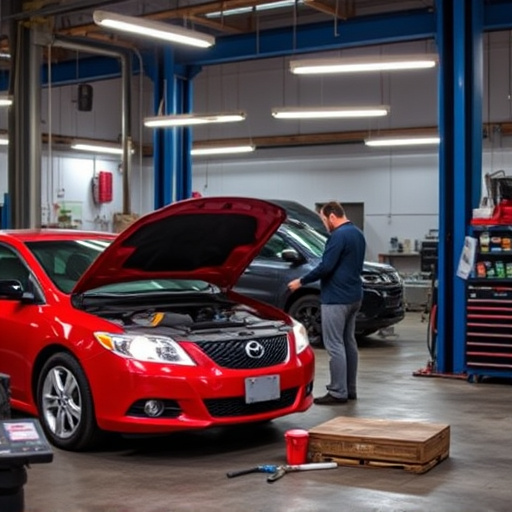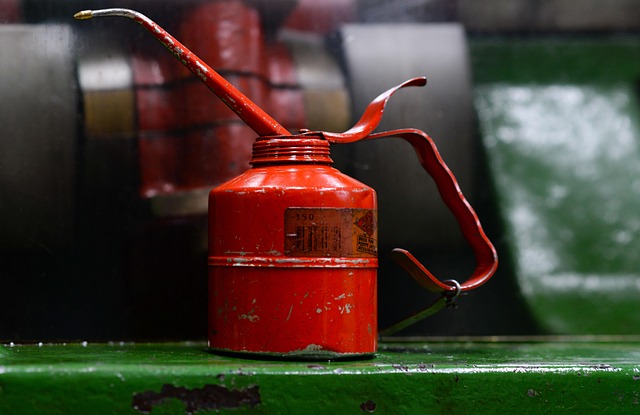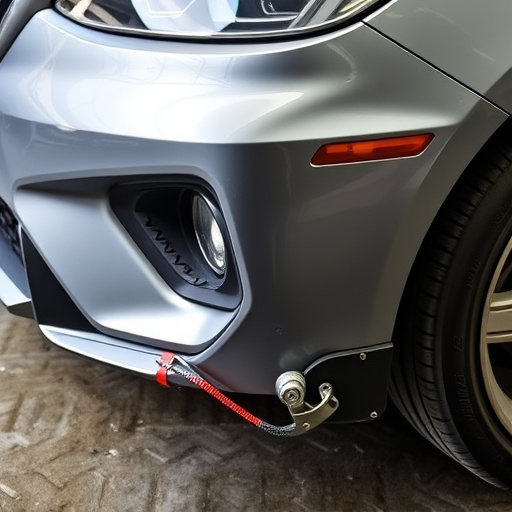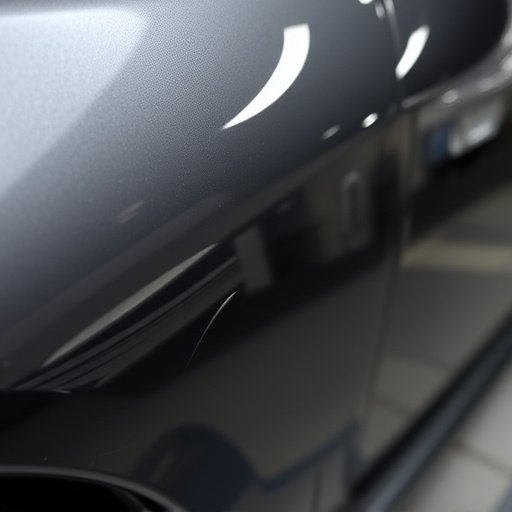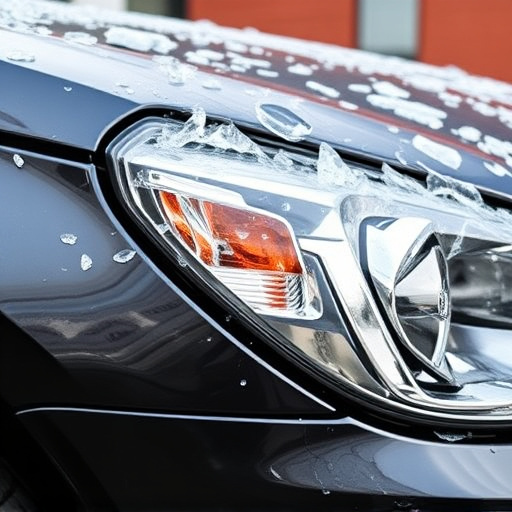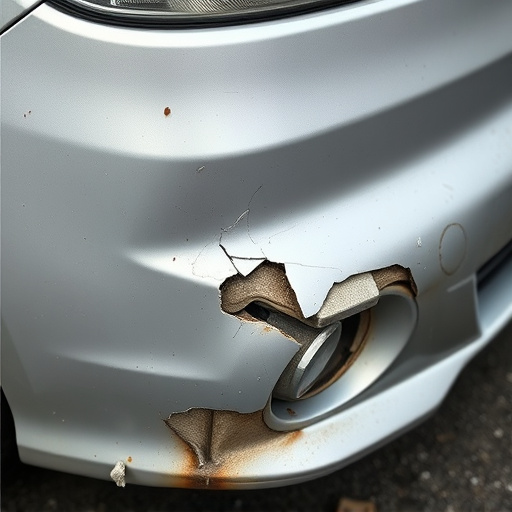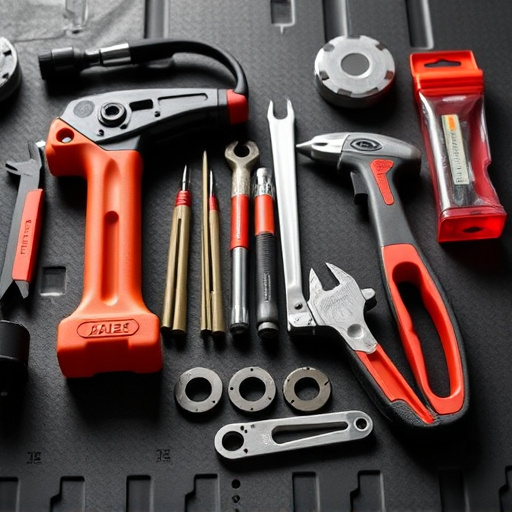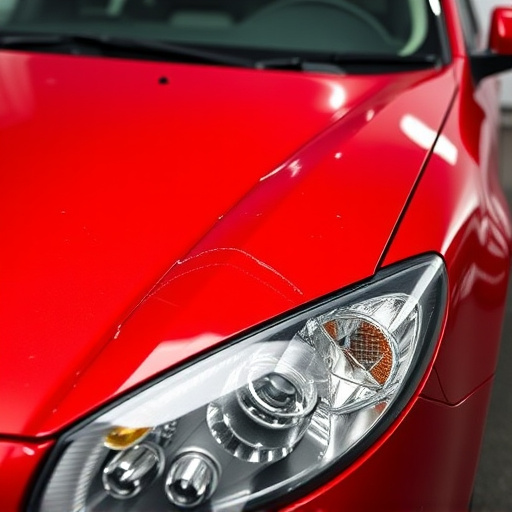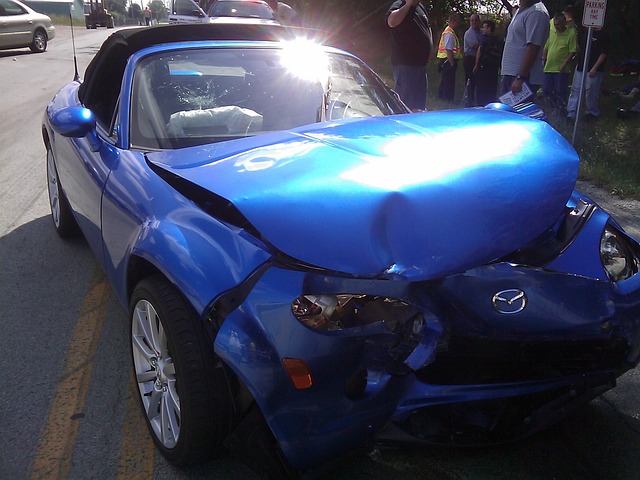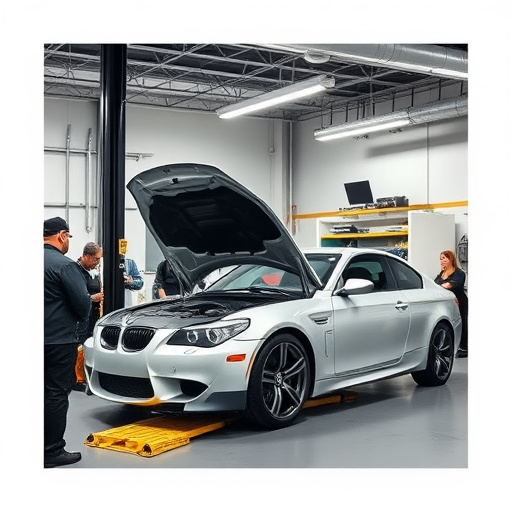Pulling system collision repair is a specialized technique using advanced tools to precisely realign damaged vehicle parts without compromising structural integrity, enhancing safety and quality for complex geometric shapes while adhering to crash-test standards, streamlining processes, and reducing human error in auto repairs.
In the realm of automotive restoration, pulling system collision repair has emerged as a game-changer, revolutionizing traditional methods. This innovative technique involves precisely pulling and aligning damaged vehicle components, offering a unique approach to enhancing safety and structural integrity.
This article explores the intricate world of pulling system collision repair, delving into its techniques, safety benefits, and potential challenges. We uncover how this method not only restores vehicles but also improves their overall safety features, making it an essential consideration in today’s automotive industry.
- Understanding Pulling System Collision Repair Techniques
- How Pulling Systems Enhance Vehicle Safety Features
- Benefits and Potential Challenges: A Comprehensive Review
Understanding Pulling System Collision Repair Techniques
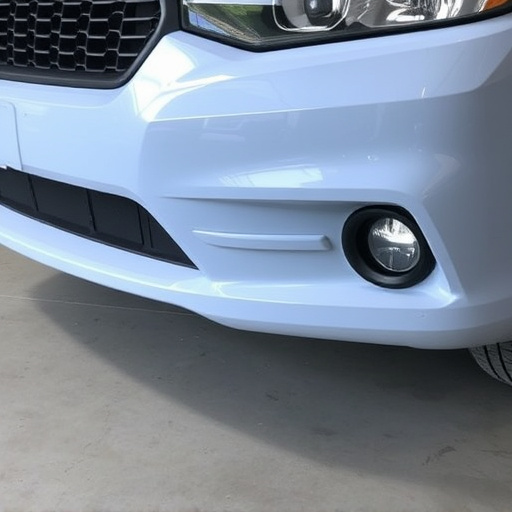
Pulling system collision repair is a specialized technique that has gained prominence in the automotive industry for its ability to restore vehicles to their pre-collision condition. This method involves pulling and realigning damaged components, particularly in cases where traditional repair methods might not be feasible or could compromise structural integrity. By utilizing advanced tools and equipment, technicians carefully extract and straighten bent panels, such as fenders and bumpers, without causing further harm to the vehicle’s body.
This innovative approach to automotive body work is especially valuable for car body repair when dealing with complex geometric shapes. Unlike straightforward bumper repair methods, pulling system collision repair considers the interconnectedness of various components within a vehicle’s frame. This holistic perspective ensures that not only the visible damage but also the underlying structural elements are restored to their original specifications, enhancing overall vehicle safety and longevity.
How Pulling Systems Enhance Vehicle Safety Features
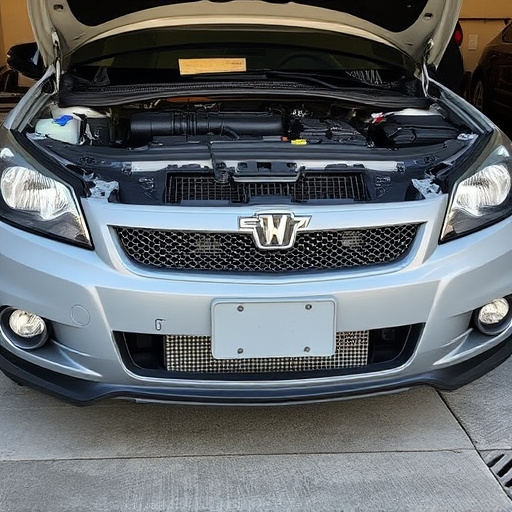
Pulling systems have revolutionized collision repair, significantly enhancing vehicle safety features. These advanced mechanisms allow for precise and controlled manipulation of damaged vehicles, minimizing the risk of further harm during the repair process. By leveraging specialized equipment, pulling systems can safely separate and reposition car bodies, ensuring that repairs are conducted with utmost care and accuracy. This meticulous approach not only preserves the structural integrity of the vehicle but also maintains its safety standards, aligning with modern crash-test protocols.
Moreover, the integration of pulling systems in collision repair shops streamlines the car damage repair process. They facilitate efficient disassembly and reassembly of components, reducing the likelihood of human error and potential accidents within the workshop. This not only contributes to safer working conditions for technicians but also guarantees that repaired vehicles meet stringent safety requirements, making them roadworthy and reliable. In essence, adopting pulling system collision repair practices is a game-changer in ensuring the safety and quality of automotive repairs.
Benefits and Potential Challenges: A Comprehensive Review

Pulling system collision repair offers several significant benefits for vehicle safety and structural integrity. This advanced technique involves the use of specialized equipment to accurately align and adjust damaged components, ensuring precise restoration to pre-collision conditions. By minimizing metal manipulation, pulling systems preserve original factory specifications, maintaining the vehicle’s overall strength and safety features. This method is particularly advantageous for complex repairs, as it allows technicians to carefully realign frames, body panels, and structural elements, reducing the risk of hidden damage or weakened points that could compromise safety during future collisions.
Despite its advantages, pulling system collision repair also presents certain challenges. Specialized equipment and trained personnel are required, which can increase costs compared to traditional auto body repairs. Moreover, the precision-driven nature of this process demands meticulous planning and execution, potentially lengthening repair times for fleet repair services or busy auto repair shops. However, with proper investments in training and resources, these challenges can be overcome, ensuring that pulling system collision repair becomes a valuable tool in enhancing vehicle safety and performance across diverse auto repair services.
Pulling system collision repair offers a innovative approach to vehicle damage restoration, significantly enhancing safety features. By precisely realigning and restoring components, these techniques ensure structural integrity and improved performance. While challenges exist, such as specialized equipment requirements and training, the benefits for both vehicle safety and cost-effectiveness are undeniable. Adopting pulling system collision repair can lead to safer roads and more efficient repairs, making it a game-changer in the automotive industry.
